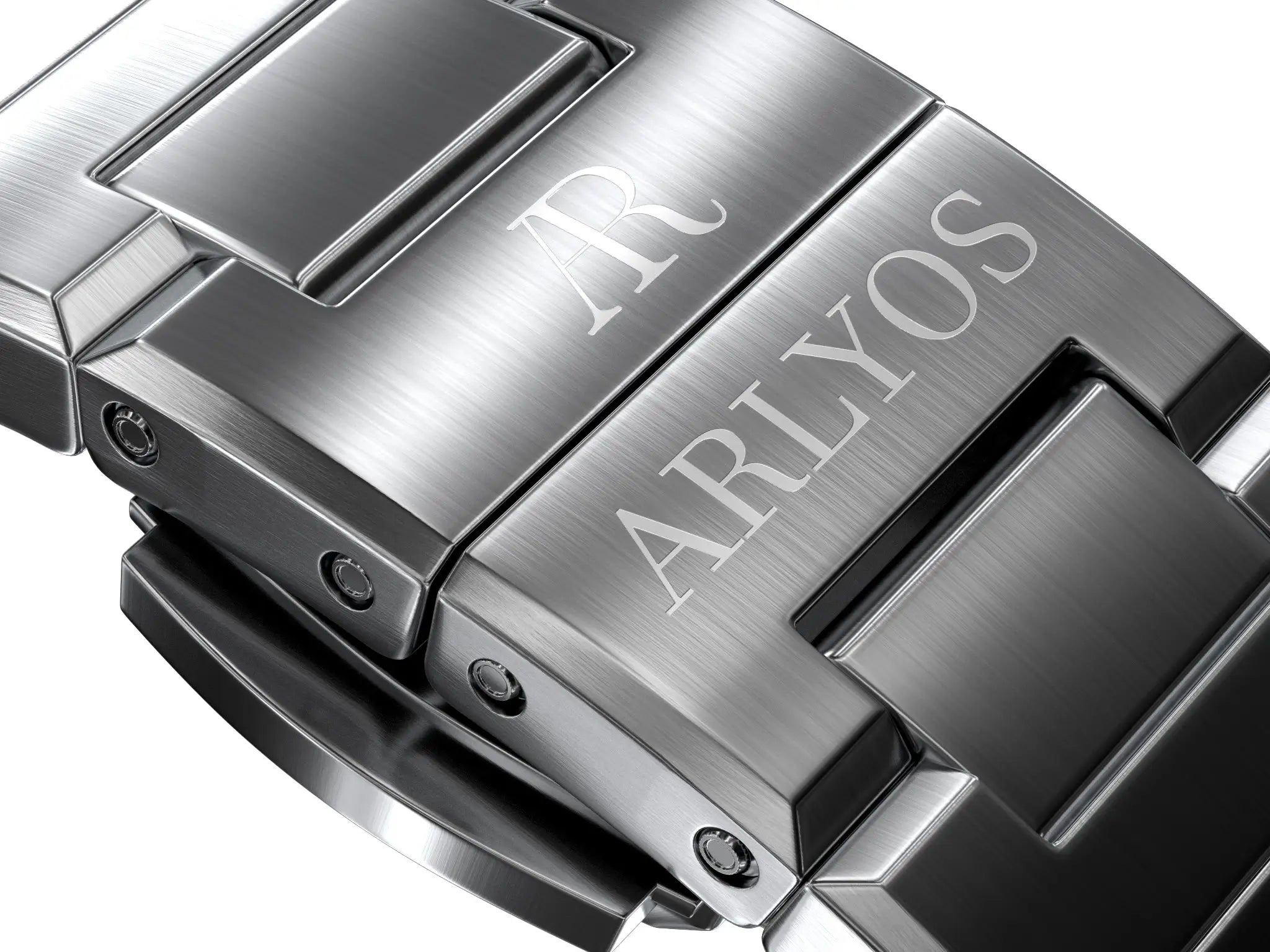
Have you ever noticed that the vast majority of people wear their watches on their left wrist? It's no coincidence that around 90% of watch wearers prefer this wrist. This practice, so widespr...
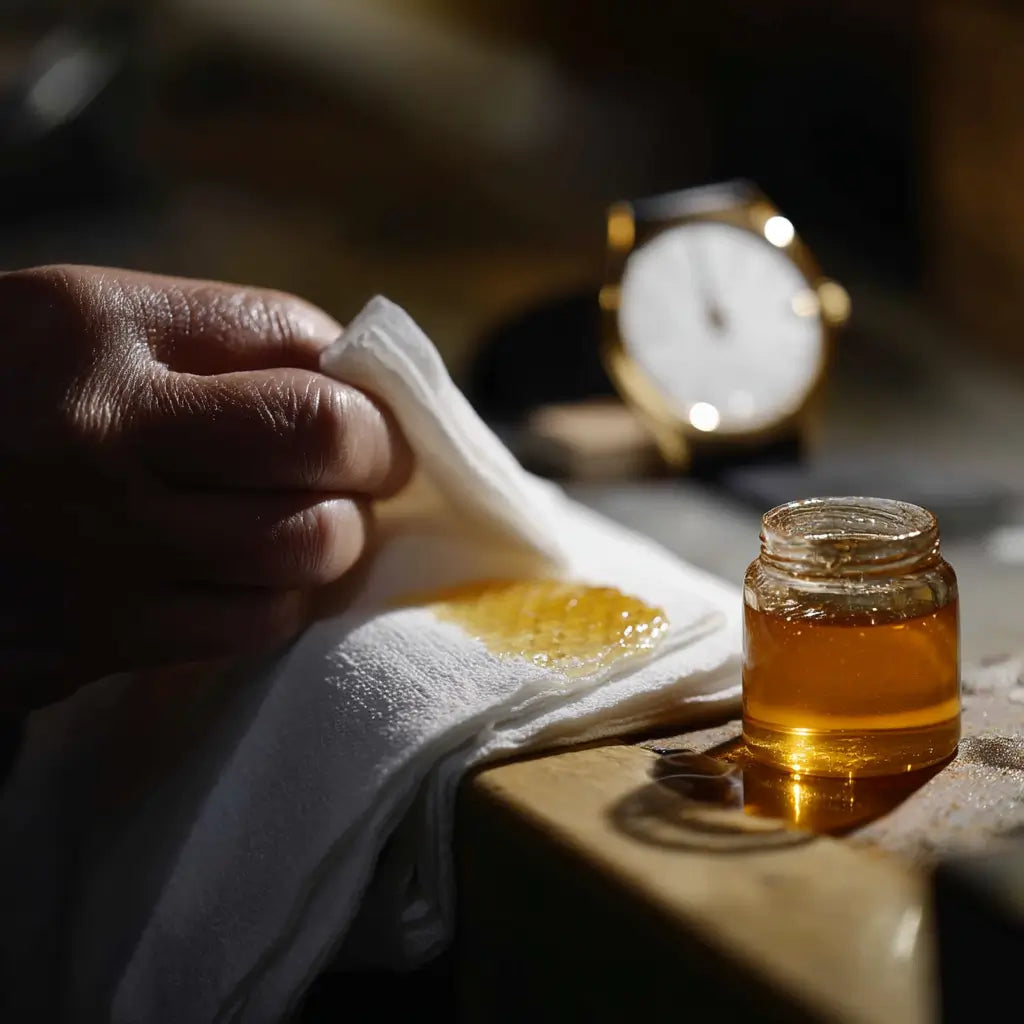
Introduction: Why is removing scratches important? Watches are not just tools for telling time; they are also style accessories, sometimes family heirlooms that span generations. A well-maintained...
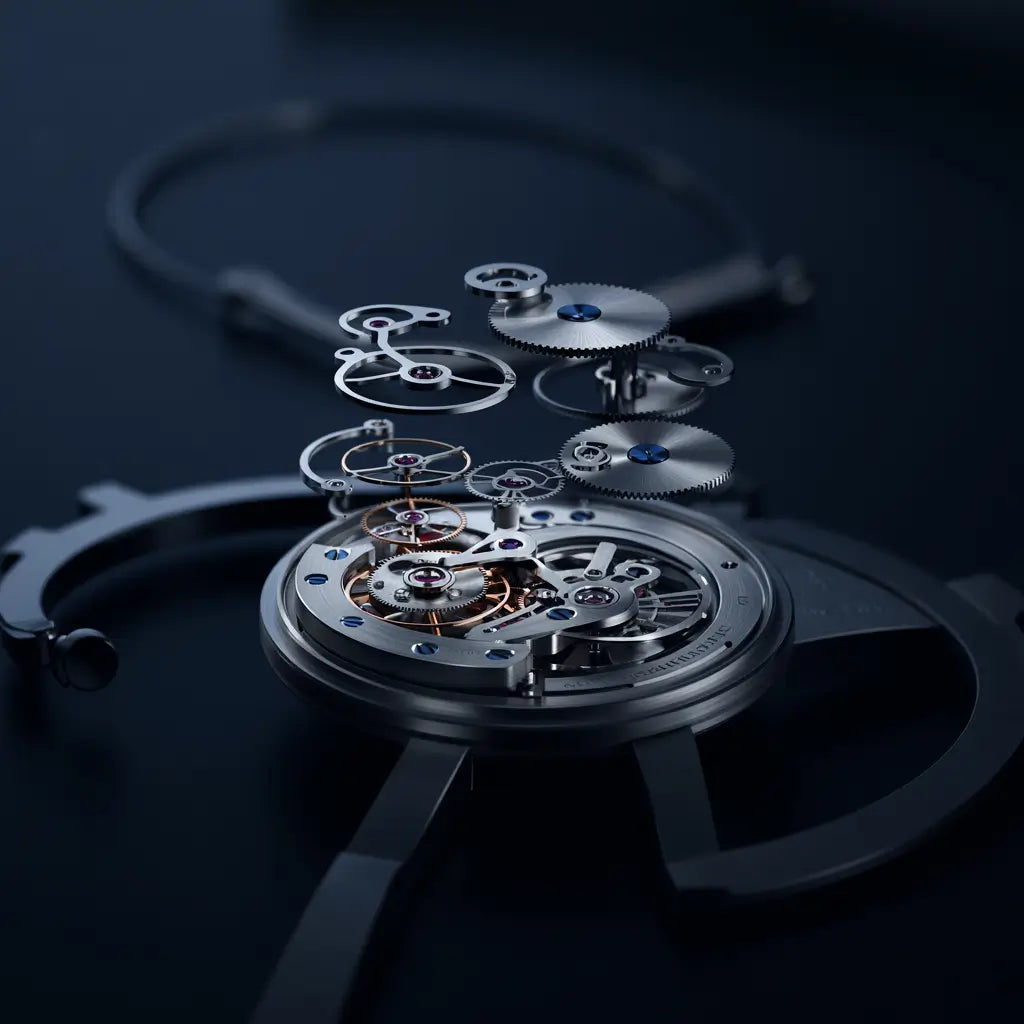
Explore our comprehensive watch terminology guide with over 100 technical terms explained: movements, complications, materials, and finishes. Essential reference for watch enthusiasts.
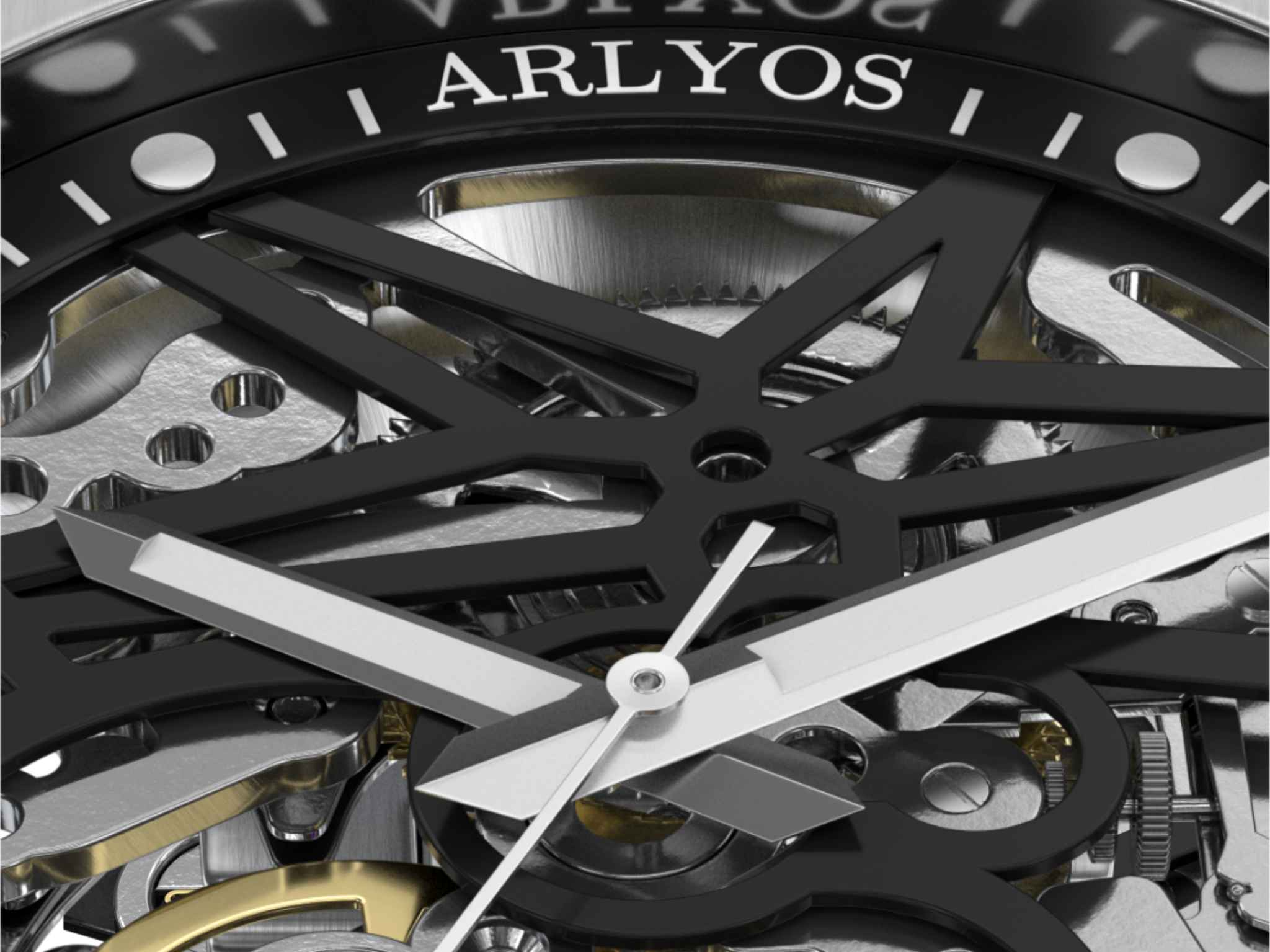
In a world dominated by electronics and connected objects, battery-free watches represent an island of watchmaking tradition that continues to fascinate enthusiasts and collectors. These mechanical...
When purchasing an automatic skeleton watch, every detail counts, including the type of clasp you choose for your strap. There are two main options available to you: the pin buckle and the folding ...
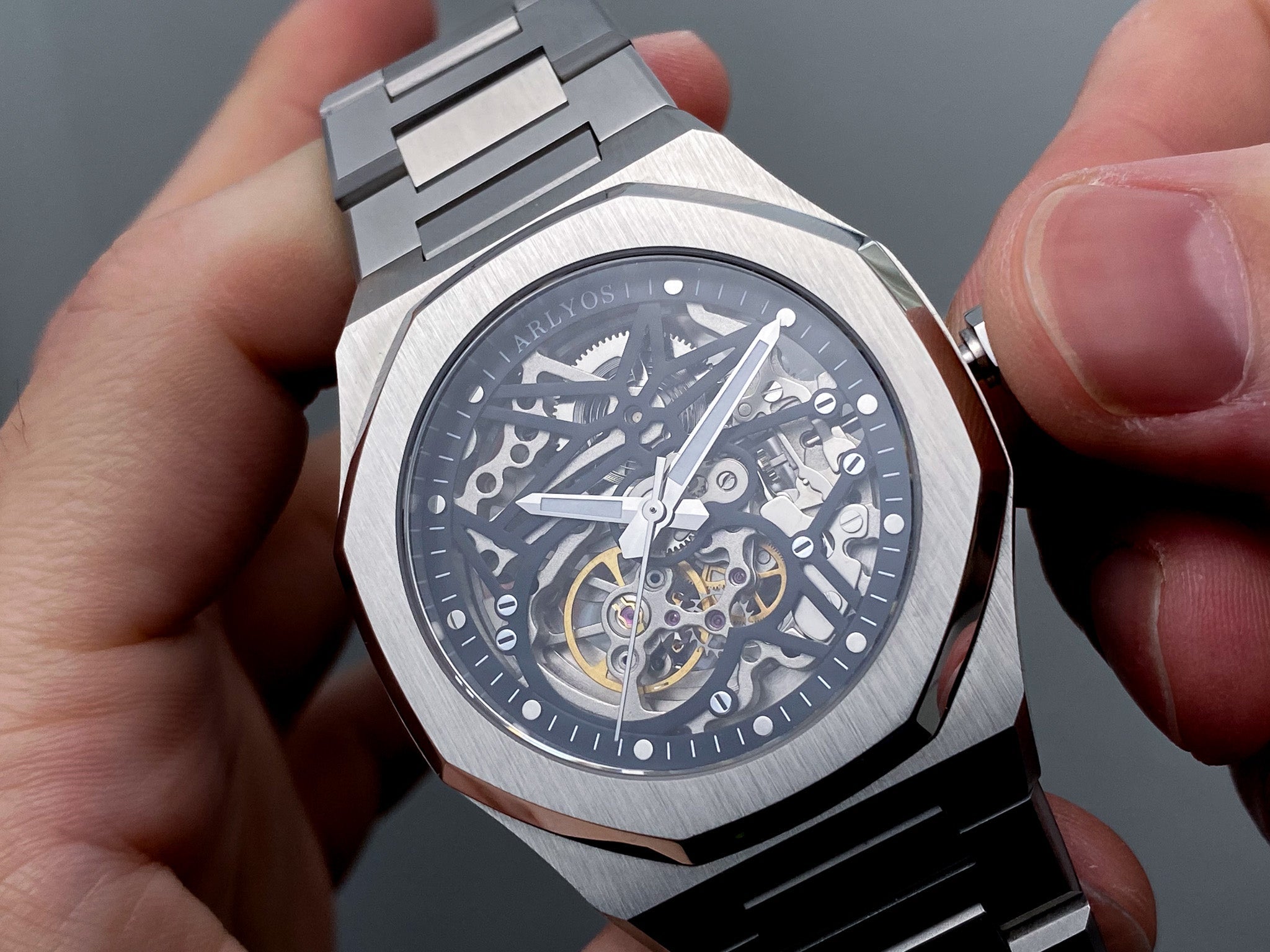
Why wind an automatic watch? How an automatic watch works: rotor and wrist movement An automatic watch works thanks to a rotor that turns with the movements of the wrist. This mechanism winds ...
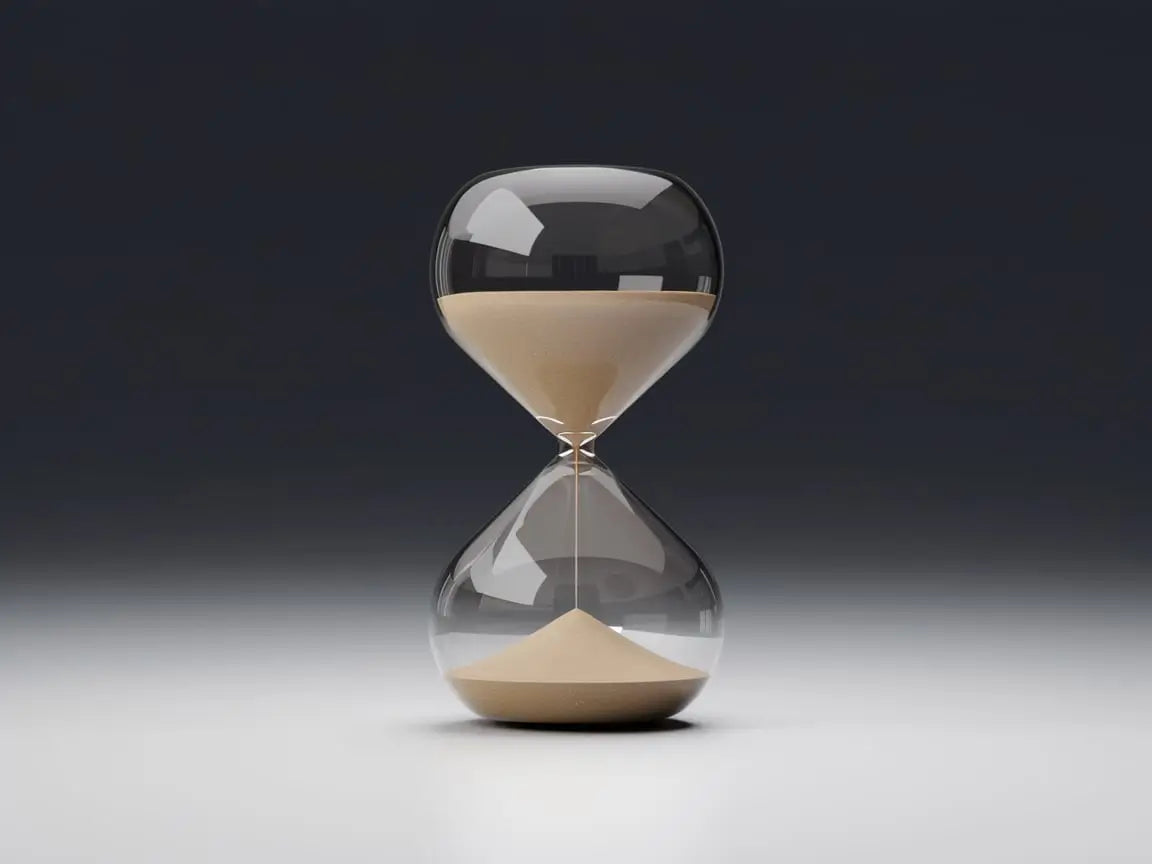
Why do we count 60 seconds in a minute and 60 minutes in an hour? Discover the fascinating origin of time measurement!

Every year, the French move their watches forward or backward twice, in the spring and fall. This ritual, established to better align activity schedules with daylight, is the subject of recurring ...
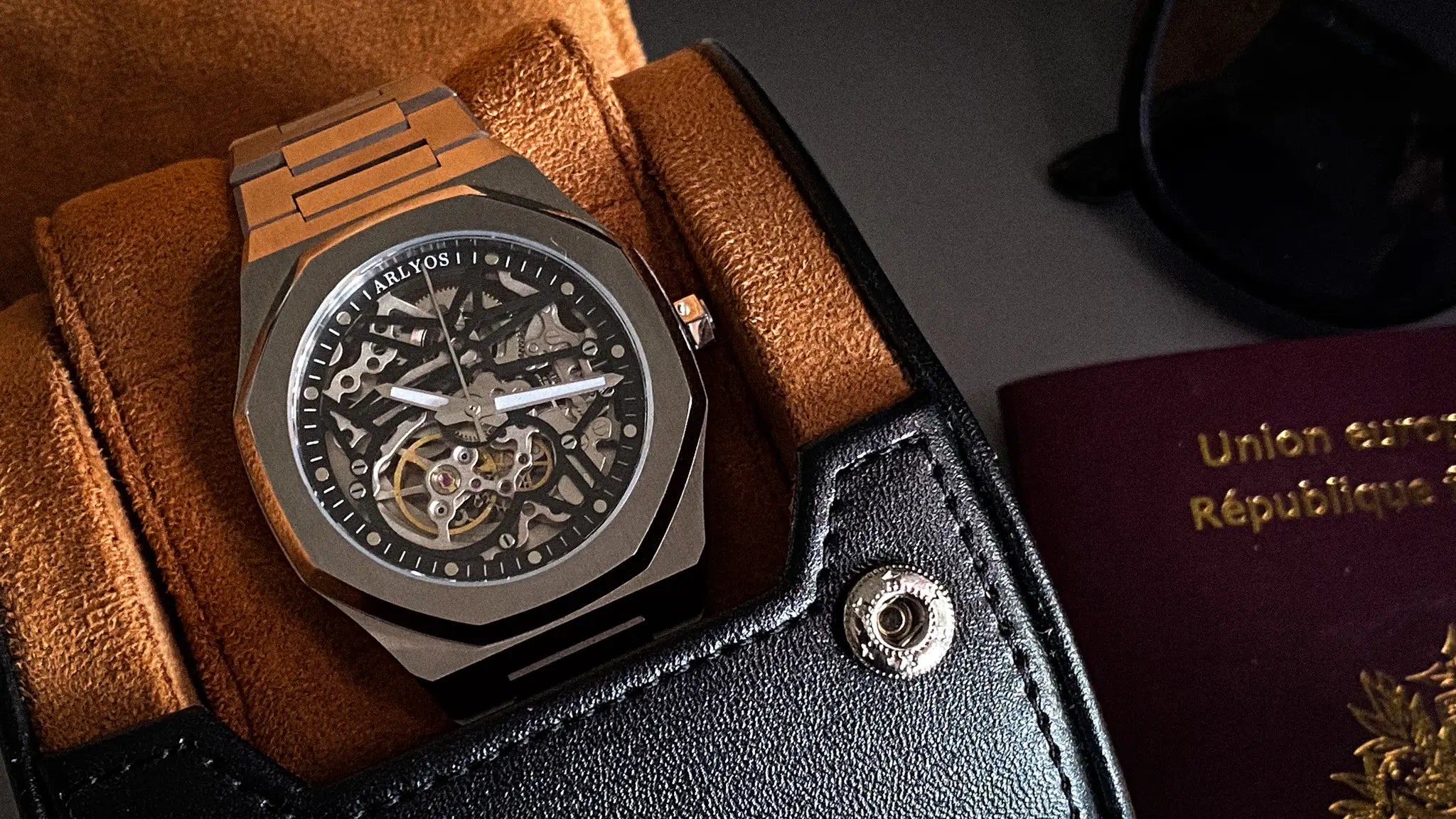
Diving into the heart of a fascinating watch mechanism Skeleton watches occupy a special place in the world of watchmaking. By revealing their internal movement, they transform the passage of time ...



